Learn a new Ukulele chord every day of the year. The chord for February 29th is ( see ya' again in 2028).
Learn a new Ukulele chord every day of the year. The chord for February 29th is ( see ya' again in 2028).

Leap Year!!! No chord for Feb 29th — Sorry, but we need a chord every day of the year not every four years.. Take a day off and review all the previous chords for January and February.
Why Do We Have Leap Year?
A leap year (or intercalary or bissextile year) is a year containing one additional day (or, in the case of lunisolar calendars, a month) in order to keep the calendar year synchronized with the astronomical or seasonal year. Because seasons and astronomical events do not repeat in a whole number of days, calendars that have the same number of days in each year, over time, drift with respect to the event that the year is supposed to track. By inserting (or intercalating) an additional day or month into the year, the drift can be corrected. A year that is not a leap year is called a common year.
In the Gregorian calendar, a year ending in "00" that is divisible by 400 is a century leap year (2000 was a century year), with the intercalation of February 29 yielding 366 days instead of 365. Century years (divisible by 100) that are not divisible by 400 are not leap years but common years of 365 days. For example, the years 1600, 2000, and 2400 are century leap years since those numbers are divisible by 400, while 1700, 1800, 1900, 2100, 2200, and 2300 are exceptional common years despite being divisible by 4. Leap years divisible by 400 always start on a Saturday; thus the leap day February 29 in those years always falls on a Tuesday (dominical letter BA)
Related Lessons, Videos, Lesson Series, Songs, Books & Reference Charts, Resources & Assets, Workshops are below.
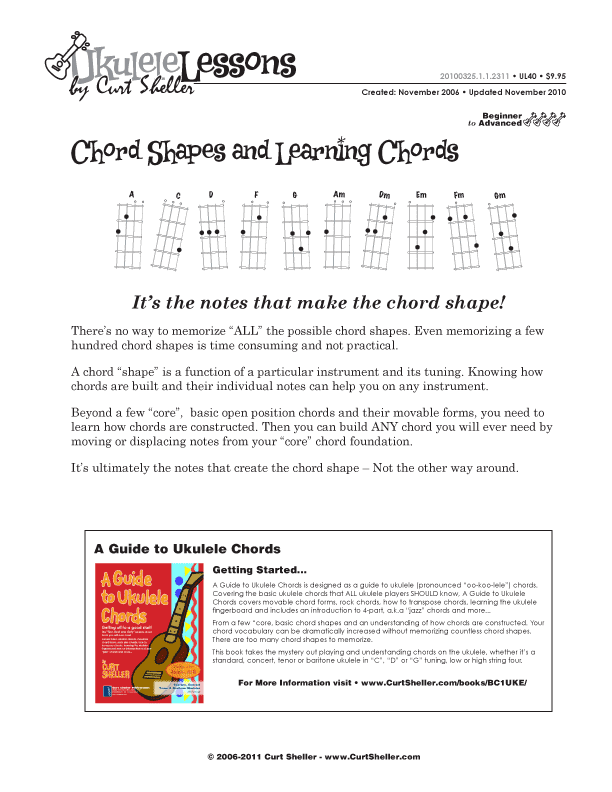
Pick up any chord dictionary, and one thought that should go through your mind is - TOO MANY CHORDS There is now way to memorize all those shapes. It would be better off learning how they came up with all those shapes. Most chord dictionaries are also just like pages transposed to all possible keys.
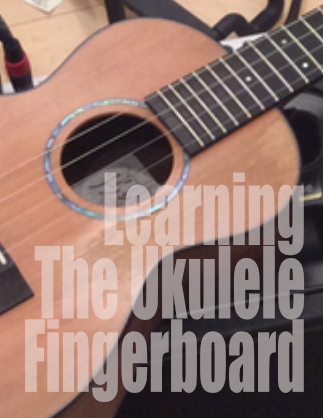
Most players struggle with learning the names of the notes of the ukulele fingerboard. There doesn't seem to a pattern and notes repeat. There is an easy way and "it's easier that you think." Most players know the names of the open strings for their favorite tuning.

A series of weekly ukulele lessons originally presented throughout 2007 on movable ukulele chords as the "Ukulele Chord of The Week Series". Based on the Ukulele Chords book by Curt Sheller (me). It takes the open position chords and shows the movable form and the variations.
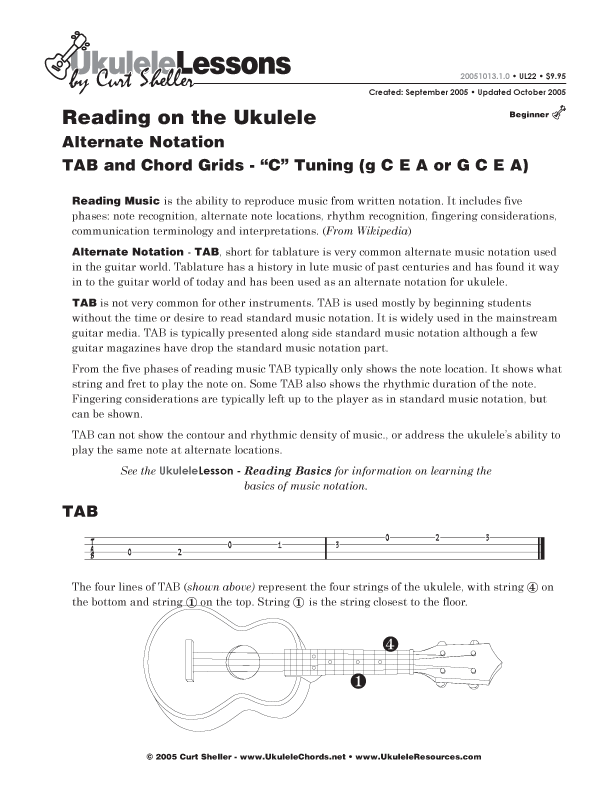
"TAB" or "Tablature", is an alternate form of musical notation, which tells players where to place their fingers on a particular instrument rather than which pitches to play. TAB is sort of a secret language between guitar players and ukulele players. Although a shortcut to getting started it actually serves to alienate one from the rest of the music world.

For music and learning an instrument like the ukulele or guitar, it's all about the making the connection between your Mind, your Hands, and your Ear. When listening to music, we enjoy it at the tempo the composer or artist intended, in real time. Only the ear is involved in listening. This is passive listening and you're simply enjoying the music. This is what we do every day and it's what draws us to want to learn a musical instrument.
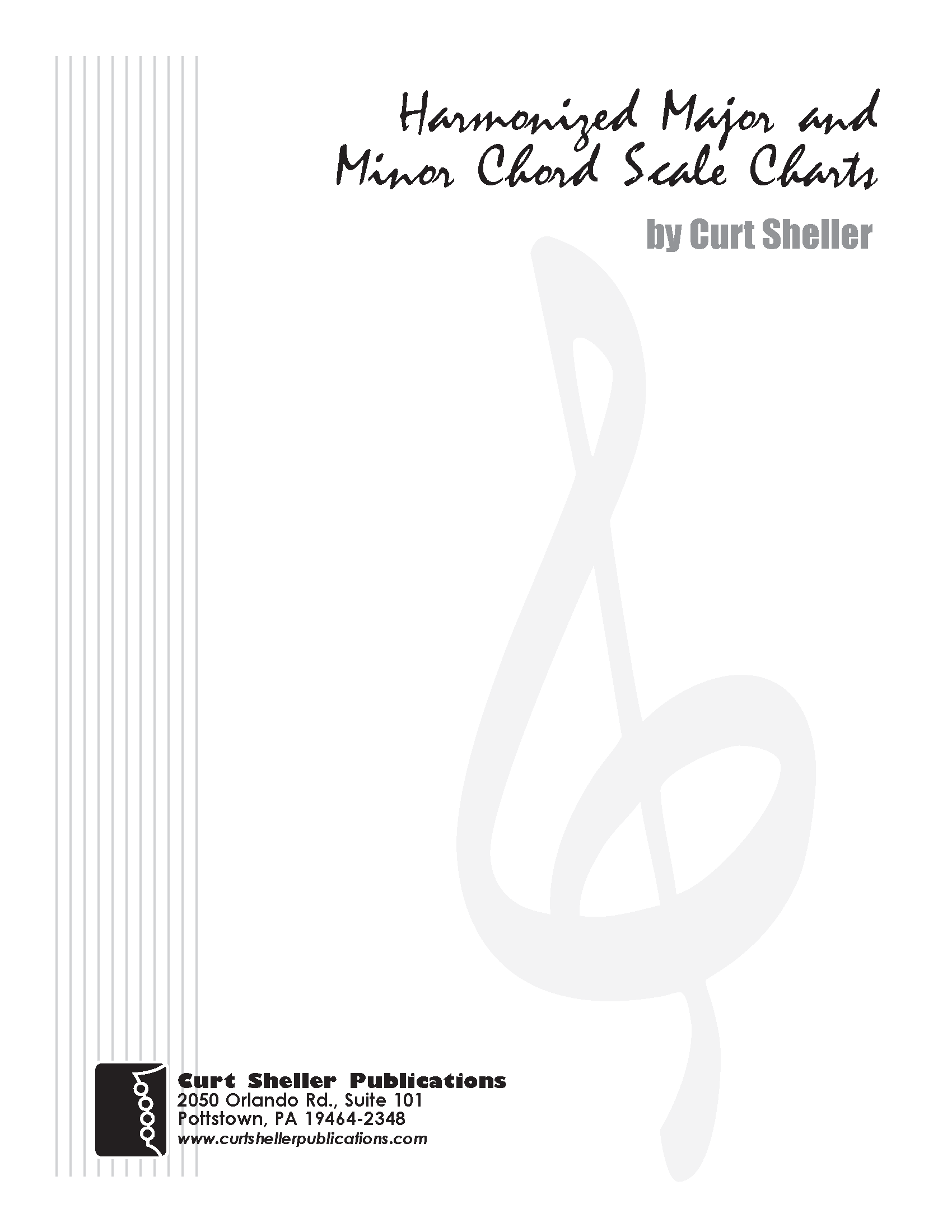
The "Major Scale" or Ionian scale is a diatonic scale, made up of seven distinct notes, plus an eighth which duplicates the first one octave higher. In solfege these notes correspond to the syllables Do, Re, Mi, Fa, Sol, La, Ti/Si, (Do), the Do in the parenthesis at the end being the octave of the root.

"Transposition" is the process of moving a note, chord, scale or any musical passage from one key to another key. All music can be transposed, from a single note to a complex musical score. This lesson deals with transposing chords on ukulele and transposing chords.



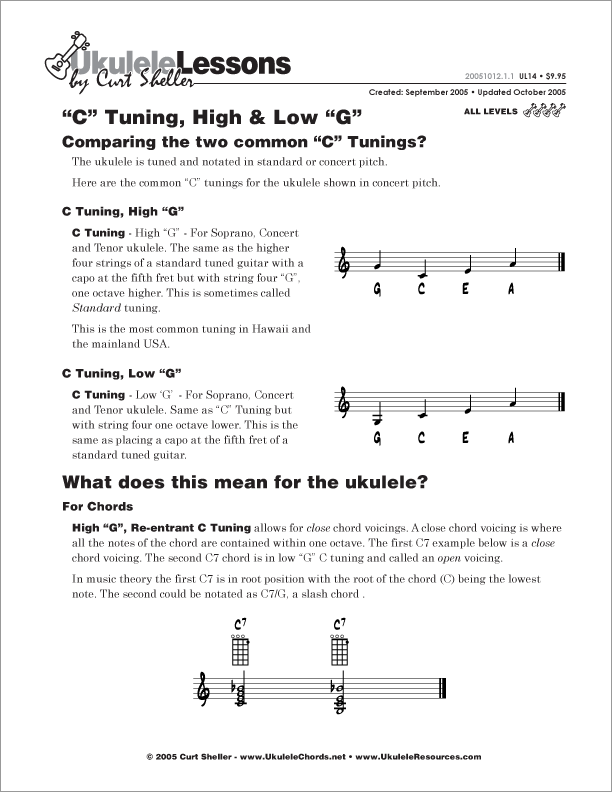
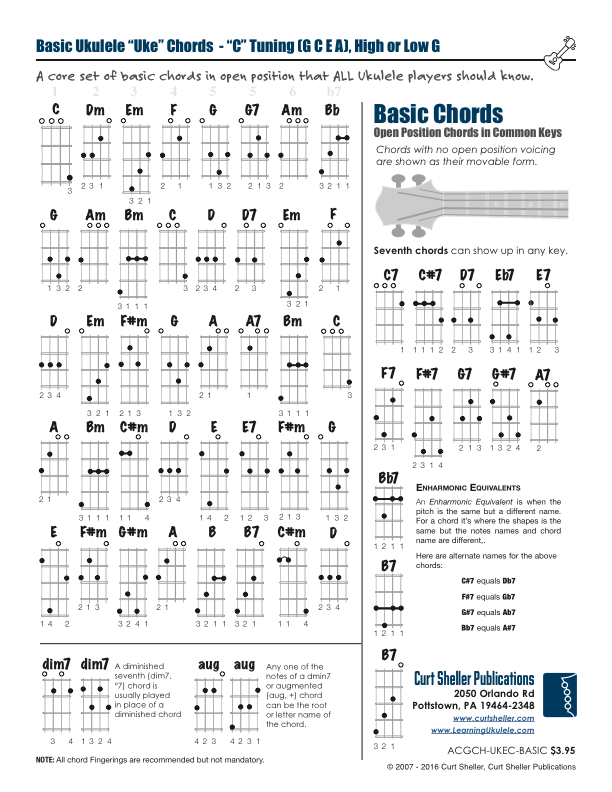
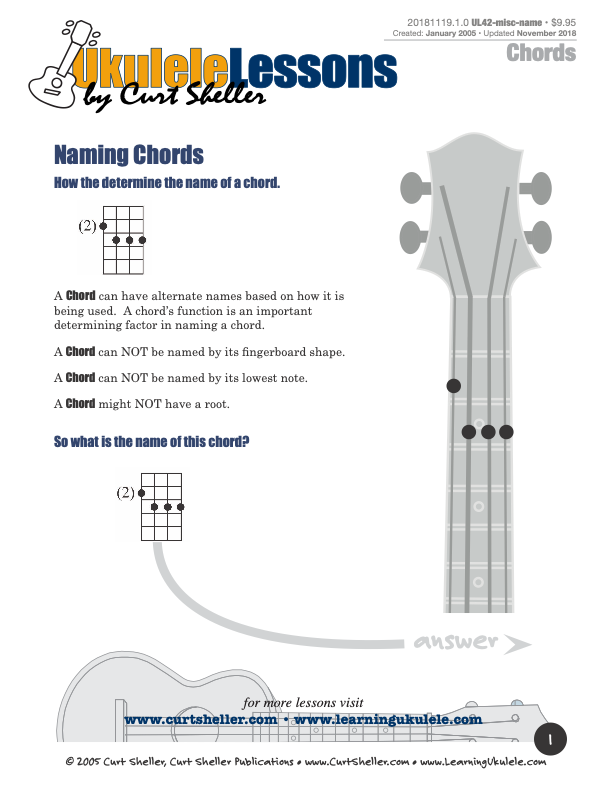


.jpg)